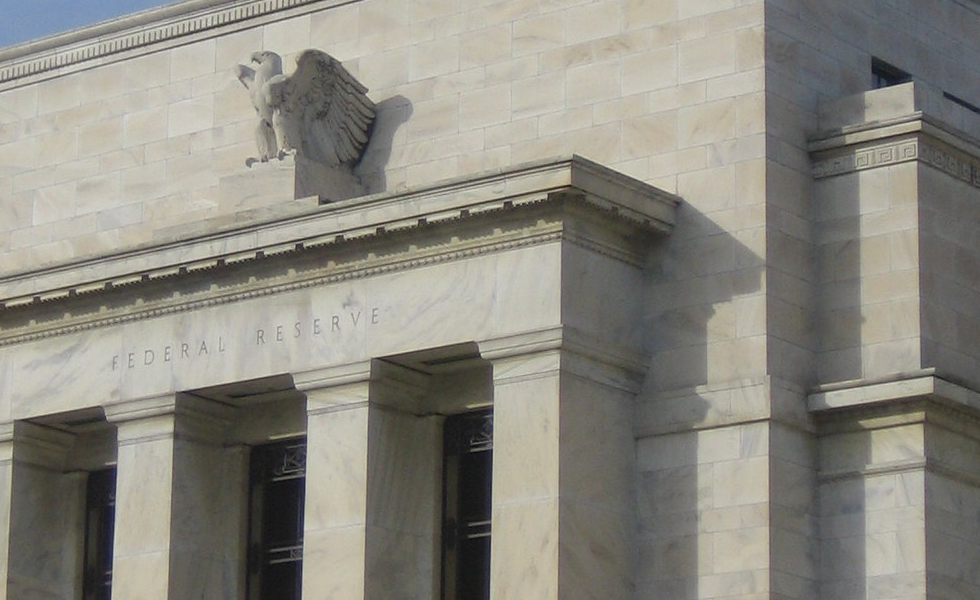PGIM Fixed Income: Three things to watch for at the Fed’s FOMC Meeting on July 27
PGIM Fixed Income: Three things to watch for at the Fed’s FOMC Meeting on July 27

This is a commentary by Ellen Gaske, Lead Economist at PGIM Fixed Income
If the Fed indeed follows through with another 75 bp hike at its meeting on July 27, it will have brought the Fed funds rate from near-0% just 4 ½ months ago to a range of 2.25%-2.5% -- a level in line with most Fed officials’ estimates of the long-run neutral. Our own view is that the neutral rate may be somewhere just below 2%, based on the economic slowdown that ensued when the Fed last pushed the funds rate above 2% in late 2018.
In either case, additional tightening beyond the July meeting will push the Fed funds rate further into restrictive territory.
The Fed has told us they’re unlikely to let up on the brakes until they see a convincing shift in the trajectory of monthly inflation readings that would signal progress towards the Fed’s 2% target. We expect Powell will likely reiterate that message at his post-meeting press conference. In addition, though, we’ll be watching for the following:
How the Fed characterizes current economic conditions
At present, there are mixed signals about the current strength of the economy and likely near-term path of monthly inflation readings.
- Housing activity and mortgage applications have slowed sharply, but house price appreciation has yet to soften.
- Real consumer spending is slowing, but nominal spending is not showing any let-up.
- Initial unemployment claims have been on the rise, but still remain quite low overall.
- Hiring continues at a pace well above trend, yet average hourly earnings have been decelerating since last fall.
- Outside of the auto sector, business inventories in general have improved significantly, yet price pressures in the goods sector have continued.
How much (if any) weight Fed officials place on their forecasts of where economic activity and inflation pressures are headed in the second half of this year
We suspect it’s likely too soon for the Fed to convey a much more forward-looking point of view, as the most recent inflation readings still showed high and widespread price pressures. But with each additional hike from here, the lagged effects of the Fed’s tightening measures will be increasingly important to consider.
How much weight the Fed places on risks emanating from the global backdrop
The Fed’s focus is on the US economy, but it does factor in global conditions when they appear likely to affect the US economy and financial conditions. At this juncture, central banks across most of the G10 are tightening rapidly in unison, the war in Ukraine poses significant risks to global energy prices and supplies, and pockets of supply chain bottlenecks persist. We will be interested to see how much weight the Fed is currently placing on risks to the U.S. economy from abroad.







